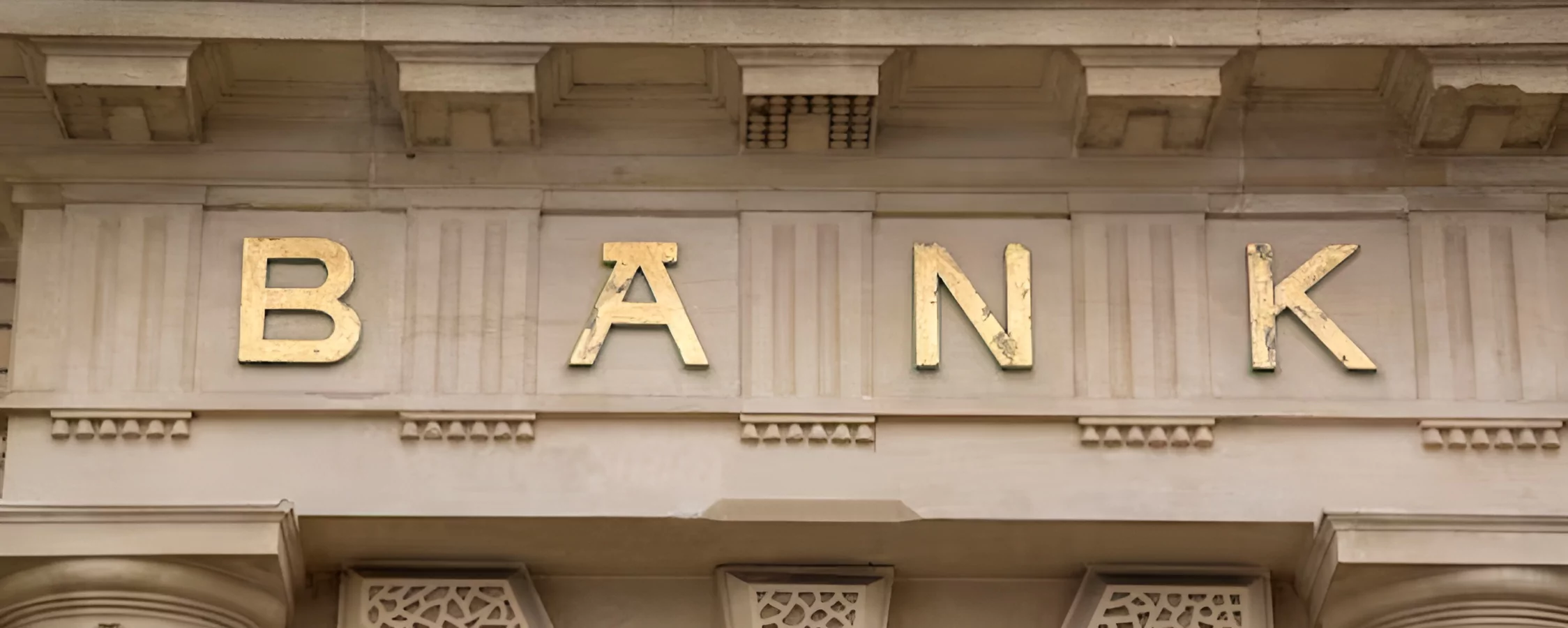Luxury handbags have always been symbols of status and style, but recently, they’ve also gained attention as alternative investments. While stocks, real estate, and gold dominate traditional portfolios, high-end designer bags—particularly from brands like Hermès, Chanel, and Louis Vuitton—have shown impressive resale value growth.
But is buying a luxury handbag as an investment a brilliant financial move or just an excuse to justify an extravagant purchase? Can a Birkin really outperform the stock market? And what are the hidden risks?
In this article, we’ll break down everything you need to know about luxury handbags as investments, from the best-performing brands to the pitfalls you should avoid.
Why Do Some Luxury Handbags Appreciate in Value?
Unlike most consumer goods that lose value the moment you buy them, certain luxury handbags defy depreciation. Here’s why:
1. Scarcity & Exclusivity
Luxury brands deliberately limit production to maintain exclusivity. Hermès, for example, has a notorious waiting list for Birkins and Kellys, driving up demand (and prices) in the secondary market.
2. Iconic Brand Power
Brands like Chanel and Louis Vuitton have maintained their prestige for decades. Their classic designs never go out of style, ensuring long-term demand.
3. Rising Retail Prices
Luxury brands frequently increase retail prices, which boosts the resale value of older models. A Chanel Classic Flap purchased five years ago could now be worth more than its original price.
4. Strong Resale Market Growth
The pre-owned luxury market is booming, with platforms like The RealReal, Vestiaire Collective, and Fashionphile making buying and selling easier than ever.
Top Luxury Handbags That Increase in Value
Not all designer bags are good investments—some depreciate quickly, while others become more valuable over time. Here are the best-performing luxury handbags that consistently appreciate:
1. Hermès Birkin
- Why it’s a winner: The ultimate status symbol, with some rare Birkins selling for double or triple retail at auction.
- Best picks: Limited editions (exotic skins, unique hardware) and classic colors (black, gold, etoupe).
2. Hermès Kelly
- Why it’s a winner: Almost as coveted as the Birkin, with a timeless silhouette.
- Best picks: Smaller sizes (25, 28) and rare materials (crocodile, ostrich).
3. Chanel Classic Flap Bag
- Why it’s a winner: Chanel increases retail prices almost yearly, making older models more valuable.
- Best picks: Medium (now called “Small”) in caviar leather with gold hardware.
4. Louis Vuitton Limited Editions
- Why they’re winners: Collabs with artists (e.g., Takashi Murakami, Yayoi Kusama) skyrocket in value.
- Best picks: Rare monogram variations and discontinued styles.
5. Dior Lady Dior
- Why it’s a winner: A favorite among collectors, especially limited editions.
- Best picks: Cannage quilted versions in bold colors.
The Risks of Investing in Luxury Handbags
Before you rush to buy a Birkin as your next “investment,” consider these potential downsides:
1. Counterfeit Market is Massive
- Fake luxury bags flood the market, and even experts get fooled.
- Solution: Always buy from reputable sellers with authentication guarantees.
2. High Maintenance Costs
- Proper storage (dust bags, humidity control), insurance, and occasional spa treatments add up.
- Solution: Factor in these costs before purchasing.
3. Market Trends Change
- What’s hot today (like the Balenciaga Hourglass) may be forgotten in a few years.
- Solution: Stick to classic, timeless styles over trendy ones.
4. Liquidity Can Be an Issue
- Unlike stocks, selling a luxury bag isn’t instant. It may take months to find the right buyer.
- Solution: Use established resale platforms for faster turnover.
How to Buy Luxury Handbags as Smart Investments
If you’re serious about treating handbags as assets, follow these expert-approved strategies:
1. Research, Research, Research
- Track resale values on Rebag, The RealReal, and Sotheby’s.
- Follow market trends—some colors and sizes sell better than others.
2. Buy Pre-Loved (Secondhand)
- Let the first owner take the depreciation hit.
- Pre-owned bags in excellent condition can be 30-50% cheaper than retail.
3. Keep Everything Original
- Original box, dust bag, receipts, and authenticity cards boost resale value.
- Avoid customization (like monogram painting) unless it’s a sought-after collaboration.
4. Store Them Properly
- Keep bags stuffed, in dust bags, and away from sunlight/humidity.
- Rotate usage to prevent wear.
5. Sell at the Right Time
- Monitor market demand—sometimes holding for 3-5 years maximizes profit.
- Rare pieces may appreciate even longer.
Alternative Ways to Invest in Luxury Fashion
If dropping $20K on a Birkin feels too risky, there are alternatives. Fractional ownership platforms like Rally allow investors to buy shares in high-value luxury items. Invest in the companies themselves, LVMH, Kering (Gucci, Balenciaga), and Hermès have all historically performed well.
You can also rent out your bags on sites like Bag Borrow or Steal that let you earn passive income by renting your collection. If handbags aren’t your thing, rare sneakers (Air Jordans, Yeezys) and Rolex watches also appreciate over time. There is always a way for you to invest in luxury and fashion or any other sector; you just have to do thorough research beforehand.
Conclusion: Are Luxury Handbags Worth the Investment?
The idea of Luxury Handbags as Investments isn’t just hype—certain bags do appreciate, sometimes outperforming traditional assets. However, they come with risks: fakes, maintenance costs, and market fluctuations.
For most people, the best approach is:
✔ Buy classic styles from top-tier brands (Hermès, Chanel).
✔ Purchase pre-owned to avoid initial depreciation.
✔ Treat them as long-term investments (5+ years).
✔ Only invest what you can afford—luxury bags should still bring joy, not stress.
If you’re passionate about fashion and willing to do the research, luxury handbags can be a profitable addition to your portfolio. Otherwise, sticking to stocks or real estate might be safer.













